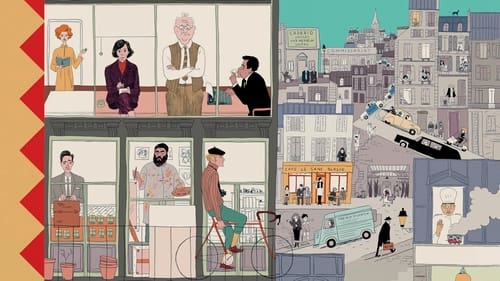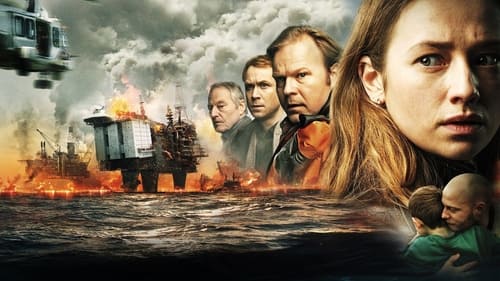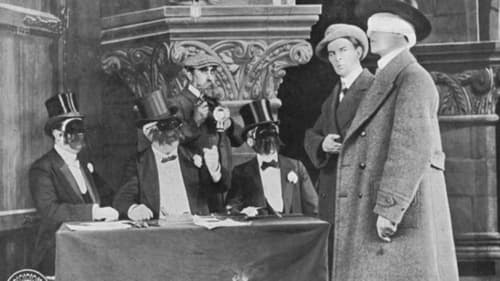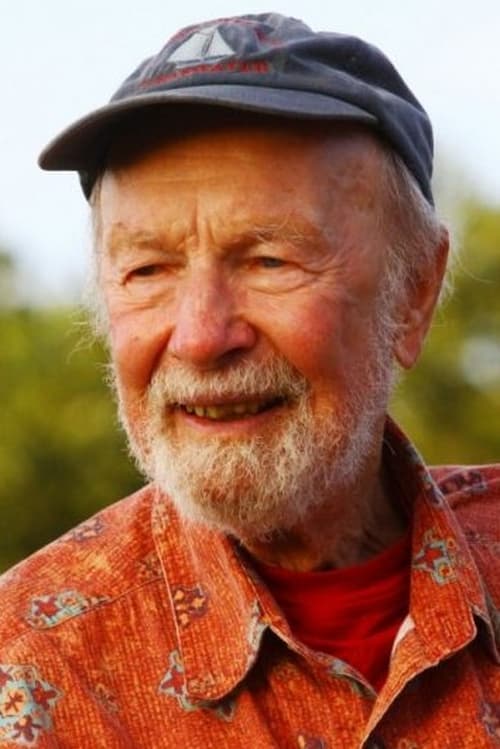Indian Summer (1960)
Жанр : документальный
Время выполнения : 28М
Директор : Jules Schwerin
Краткое содержание
On the first hot day of summer, an old farmer goes fishing just as he has done for many years on the West Branch of the Delaware River. A young boy, his frequent fishing companion, eagerly takes him to see the first giant bulldozers, which are to begin construction on the Cannonsville Reservoir. In order to provide more water for the cities, the vast project will flood the valley. The old man goes to the general store and walks the length of the valley to talk about his concerns, but most people do not support him. The young people of the valley celebrate at a barn dance. The old man resists eviction with his unloaded flintlock. The next day, he watches as the houses and farms are burned to clear the way. His friend, the fiddler, picks him up and takes him and his few belongings away.

Tells the history and importance of The National Film Registry, a roll call of American cinema treasures that reflects the diversity of film, and indeed the American experience itself.

Андерс завершает курс дезинтоксикации в лечебном центре, расположенном в сельской местности. В рамках терапии он получает разрешение отправиться в город на профессиональное собеседование. Воспользовавшись «увольнительной», он остается в городе, блуждает по улицам, встречает людей, которых давно не видел. Андерсу 34 года, это — умный и приятный молодой человек из хорошей семьи. Его мучают воспоминания об упущенных возможностях и людях, которых он разочаровал. Он все еще молод, но чувствует, что его жизнь окончена. Вечереет, впереди Андерса ждет долгая ночь: ошибки прошлого порождают мысли о возможности любви и новой жизни, надежду на то, что до утра есть еще шанс представить себе будущее…

Among the pieces featured in Fragments are the final reel of John Ford's The Village Blacksmith (1922) and a glimpse at Emil Jannings in The Way of All Flesh (1927), the only Oscar®-winning performance in a lost film. Fragments also features clips from such lost films as Cleopatra (1917), starring Theda Bara; The Miracle Man (1919), with Lon Chaney; He Comes Up Smiling (1918), starring Douglas Fairbanks; an early lost sound film, Gold Diggers of Broadway (1929), filmed in early Technicolor, and the only color footage of silent star Clara Bow, Red Hair (1928). The program is rounded out with interviews of film preservationists involved in identifying and restoring these films. Also featured is a new interview with Diana Serra Cary, best known as "Baby Peggy", one of the major American child stars of the silent era, who discusses one of the featured fragments, Darling of New York (1923).

A documentary on Cosme Alves Netto (1937-1996), former head of the Cinematheque of the Museum of Modern Arts at Rio de Janeiro.

Сюжет фильма расскажет о мужчине и двух его сыновьях, которые пытаются справиться со смертью матери и жены через три года после того, как она умерла.

In this John Nesbitt's Passing Parade short, a look is taken at the problems of film preservation efforts in the 1930s and early 1940s.

Собрание удивительных историй, опубликованных на страницах последнего выпуска еженедельного американского журнала, который выходил в свет в вымышленном французском городе в середине двадцатого века.

This John Nesbitt's Passing Parade series short highlights the film preservation efforts of the Museum of Modern Art in New York. Several scenes from early newsreels are shown.

Через год после смерти брата-близнеца Лиллиан в компании друзей возвращается в свой лесной дом рядом с озером. Почти сразу же девушку начинают преследовать жуткие видения, а вскоре и остальные замечают, что происходит нечто странное. Кроме того, местная легенда гласит, что это озеро может свести с ума.

Мощный взрыв в одночасье затягивает огромную нефтяную платформу на дно Северного моря. Выяснив причину катастрофы, группа ученых понимает — это было лишь началом. Крупнейшая в истории подводная трещина грозит обрушением десятка платформ в районе и ударом по всему побережью. Объявляется эвакуация, но небольшая спасательная миссия отправляется к эпицентру аварии, чтобы спасти застрявшего там героя. Они еще не знают, что образовавшееся нефтяное пятно вот-вот загорится, и выбираться им придётся по бескрайнему пылающему морю.

THE TRAIN is an allegory inspired by current events. There is an ongoing battle between good and evil, and Christianity is now under severe persecution. The film starts in the not-too-distant future in the year 2041 and it pivots between two different timelines. This film illustrates the conflicts as well as the erosion evil powers have created within the Roman Catholic Church. The laity itself becomes the main force holding the church together, as it fights the powers of darkness that takes the lives of Father Michael, Christie and her two daughters, Anna and Mary. The evil "Grandmother" who is the head of an ancient crime syndicate, and hates all of humanity, is desperately trying to get her hands on a vial which contains some droplets of the blood of Christ, now in the possession of Cardinal Langham, who bravely stands up to the communist forces that are chopping Christian's heads off.

Today, the art world and beyond is obsessed with shooting analog. Whether it's a fashion house seeking to bring a new edge to their creative work, an amateur perusing eBay for the perfect vintage Polaroid, or an influencer attempting to capture a comforting retro aesthetic on social media, analog photography has piqued the interest of people everywhere. Is this resurgence a backlash against digital photography? Is it just a trend perpetuated by our desire for authenticity in an increasingly superficial world? Or is it something else entirely?
Grain: Analog Renaissance is a documentary by Alex Contell and Tommaso Sacconi that explores the stories of those committed to using film in modern day photography.

Недовольная славой своего парня, который создает скульптуры из украденной мебели, Сигна вынашивает коварный план по возвращению себе внимания культурной элиты Осло.

Stacey is a young mother trapped in a violent marriage who wants to see her daughter as Cinderella in the school play but must first escape the nightmare of her own Prince Charming.

With the aid of usb microscopes and X-ray scanners, this is the first of many test films, peering into the surface structure of decayed and rotted 35 mm celluloid film. Thank you Brian Eno for the music.

Through the entanglement of home videos, archival footage, and cinéma vérité, I Am Corn Puffians: Ghost Camera seizes 116 years of Toronto history to tell the tale of a documentarian's descent into artistic madness.

Some Things Hidden (2020) is an experiment in rhythmic succession of still images to create illusions of movement through space in an altered time. The film documents a day with the artist and his parents on a hike through active bear country, beneath the Grand Tetons in Wyoming using a hand cranked 35mm movie camera.

During the 1920's, Augusto San Miguel (1905-1937) directed, produced and starred in the first feature films made in Ecuador. Unfortunately, San Miguel's films -like many episodes of his life- disappeared in time. The only remains are the movie ads on old newspapers and a mysterious legend, by which San Miguel was buried with his films.

A 3 Part Collection of More Than 75 Early Films by Alice Guy, Louis Feuillade and Léonce Perret. The invention of cinema—and its growth into a sophisticated art form—are vividly brought to life in this massive collection of films from the early years of the influential Gaumont Film Company. Each disc is devoted to one of Gaumont’s artistic directors, who oversaw all film production at the studio, and profoundly influenced not only the identity of the studio but also the evolution of the cinema itself.

An exploration into the world of someone's psyche and how they find the words to explain the way they are viewing the world around them.














